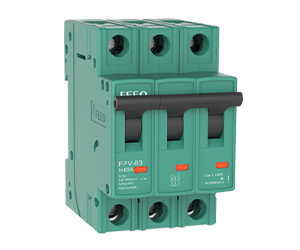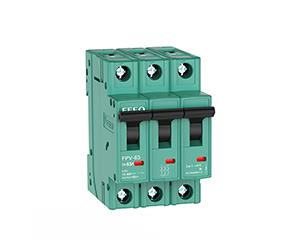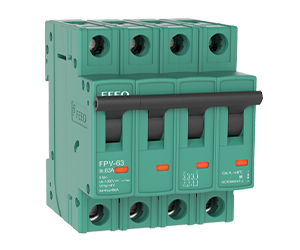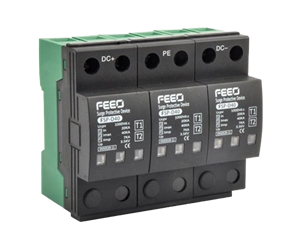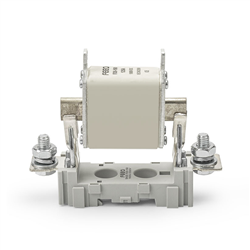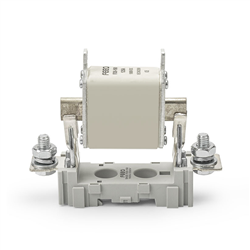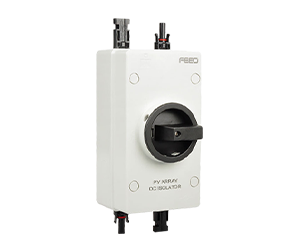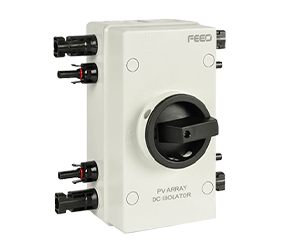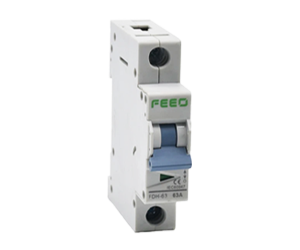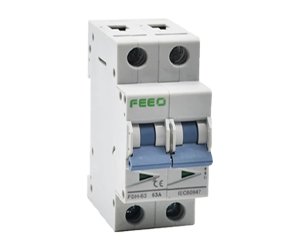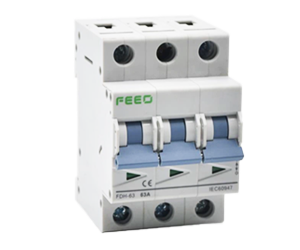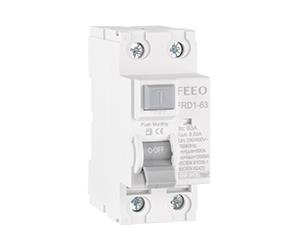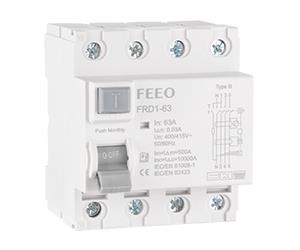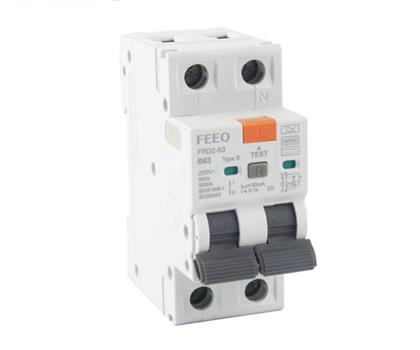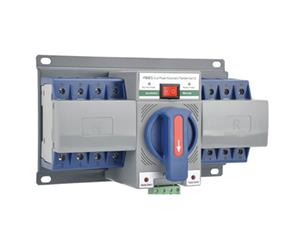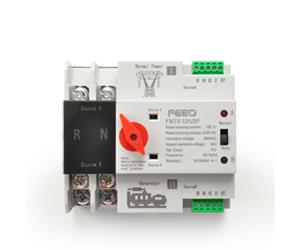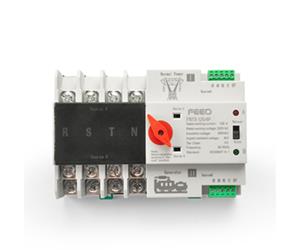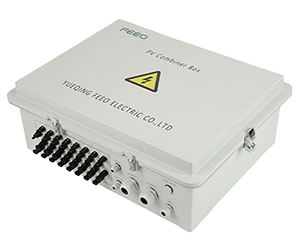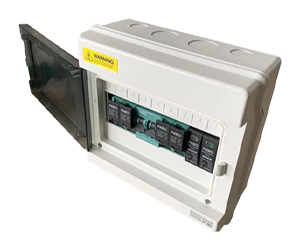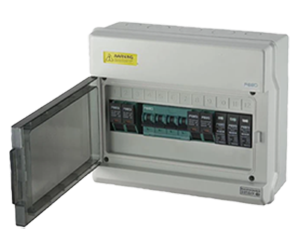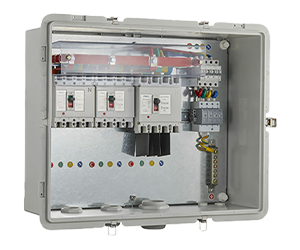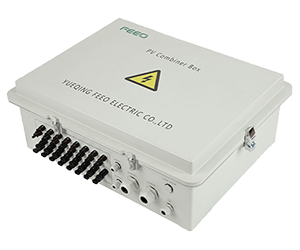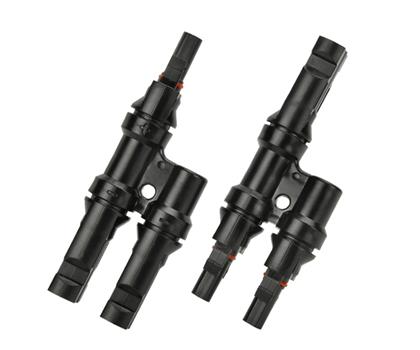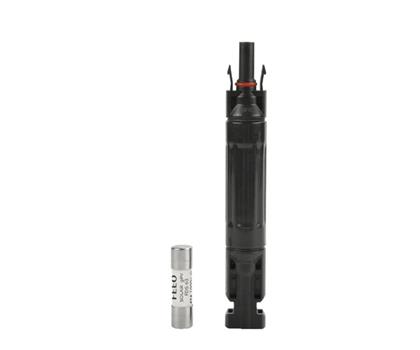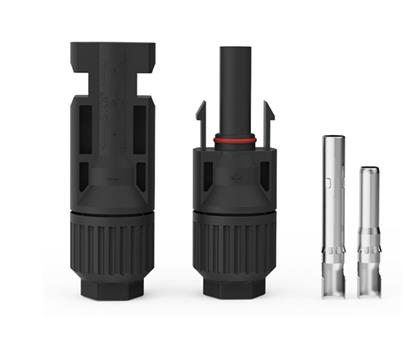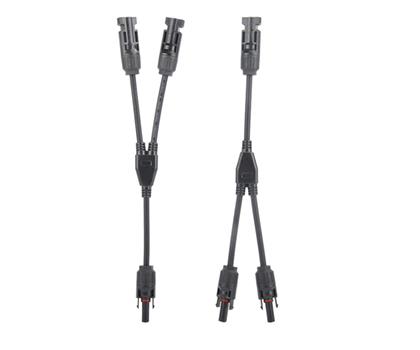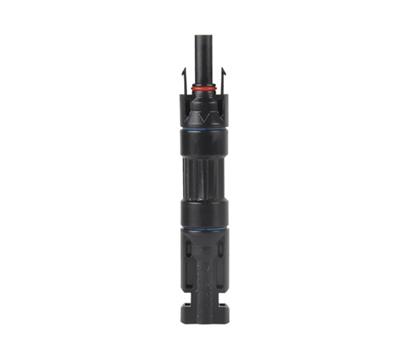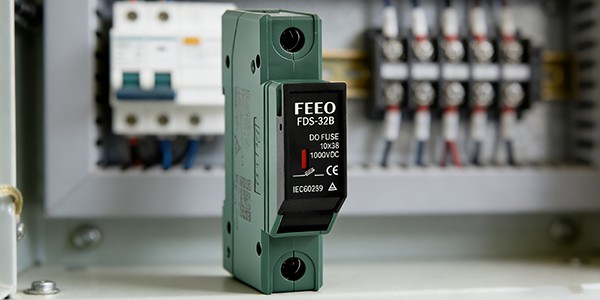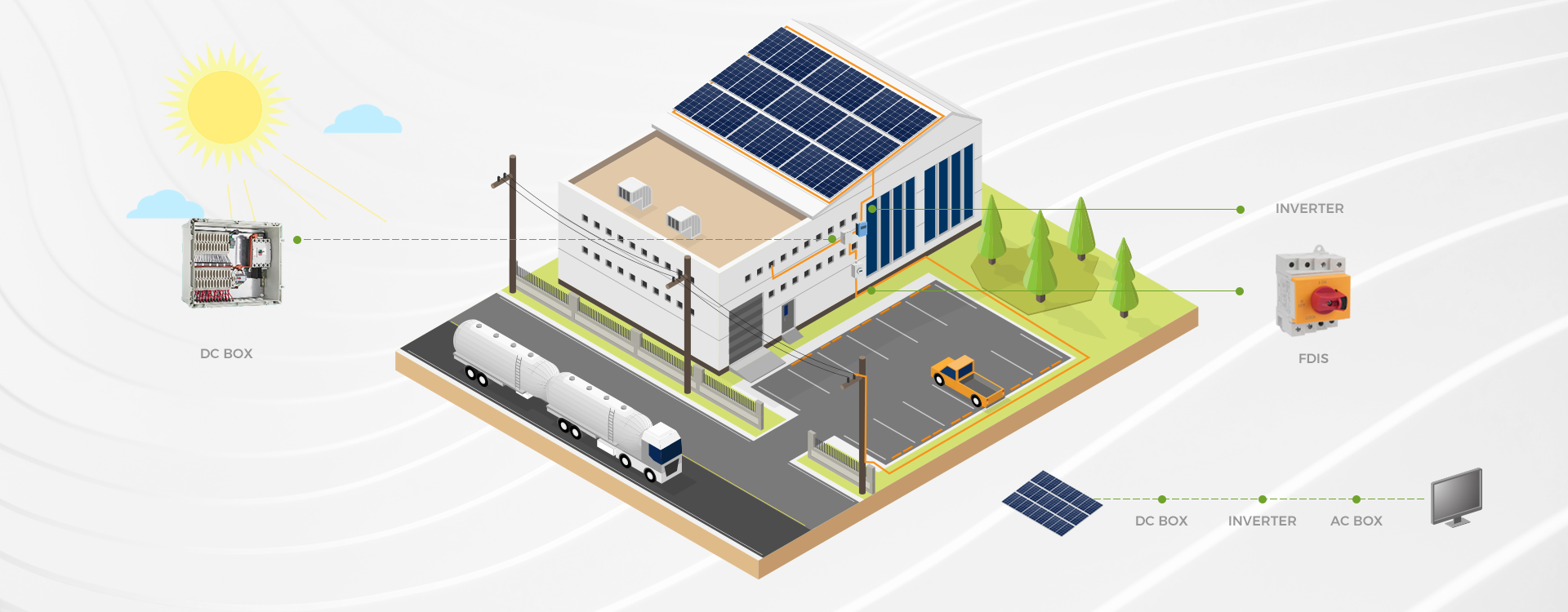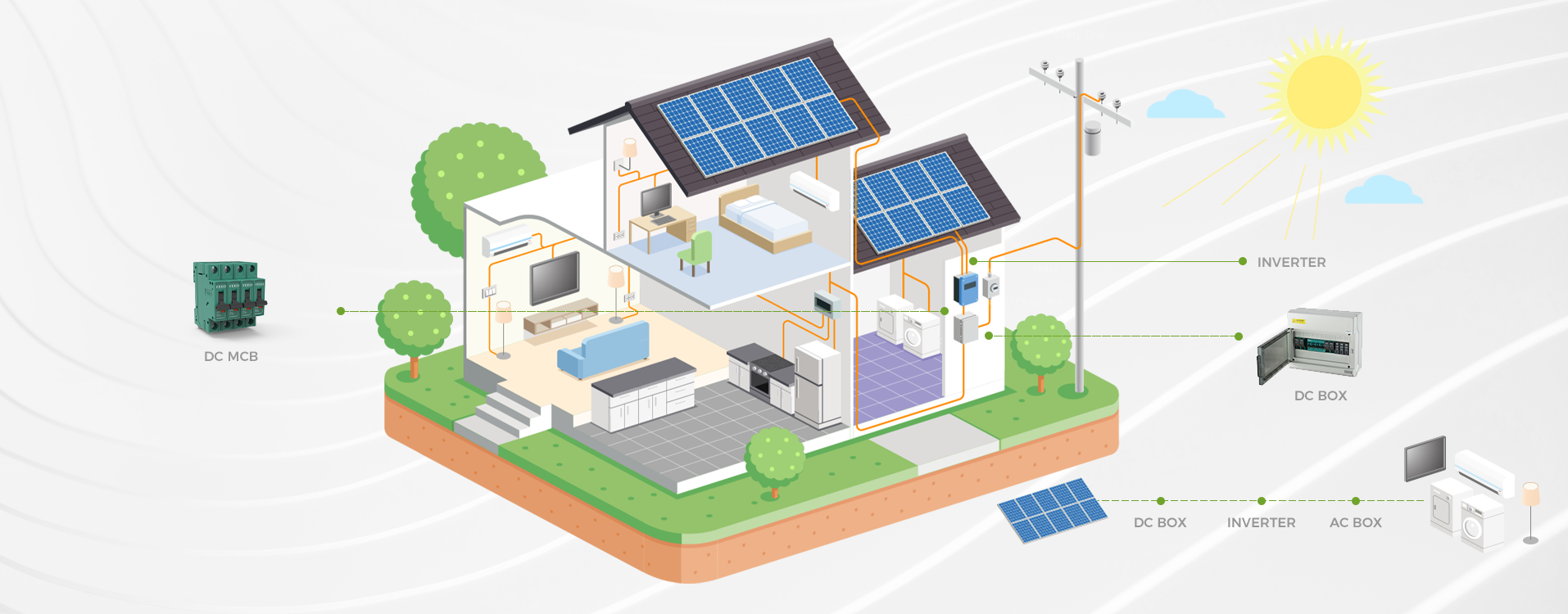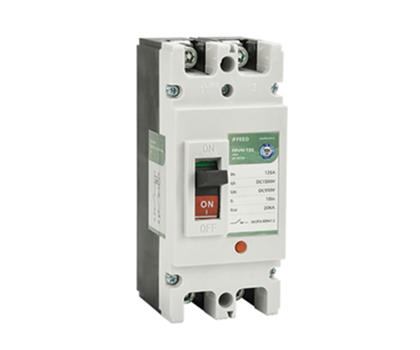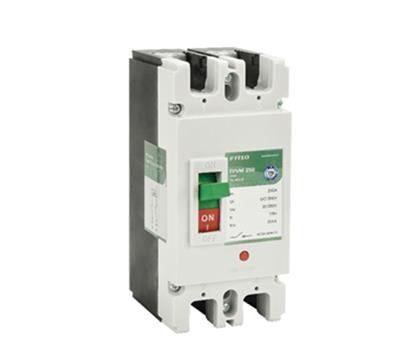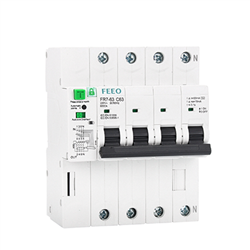How Can You Determine the Load Capacity of Your Circuit Breakers?
While planning to set up a new heating system , climate control device , temperature regulator, or any electric gadget, it's essential to grasp your circuit breakers' load capacity to prevent circuit tripping.
Circuit breakers serve as safety shields, disconnecting from the power when they sense an overpassing current than their rated amperage. Neglecting to calculate your circuit breaker's load capacity can result in appliance damage or, in extreme cases, a fire hazard. This blog post will guide you through the fundamentals of how much amperage your circuit can accommodate.
What are Amps, Volts, and Watts?
Before we discuss load capacity and other technical details, let's get familiar with amps, volts, and watts.
· Amp (Ampere): This unit quantifies the electrical charge that flows across a specific point in a second. It represents the electrical current drawn through the power cables.
· Volt: This unit quantifies the force with which electricity is propelled through a circuit.
· Watt: This unit quantifies the electrical power utilized by a device. It represents the total electrical current flowing through an electrical device.

What is the Ampere Capacity for Circuit Breakers?
Circuit breakers 'trip' or disconnect the circuit when the electrical load exceeds its ampere capacity. This safety measure prevents overheating and potential fire threats. The breaker's capacity is usually displayed on it; for example, a '20' on the switch signifies a 20-amp circuit breaker.
Circuit breakers can only manage about 80% of their total amperage. Therefore, a 15-amp circuit breaker can handle approximately 12-amps and a 20-amp circuit breaker about 16 amps.
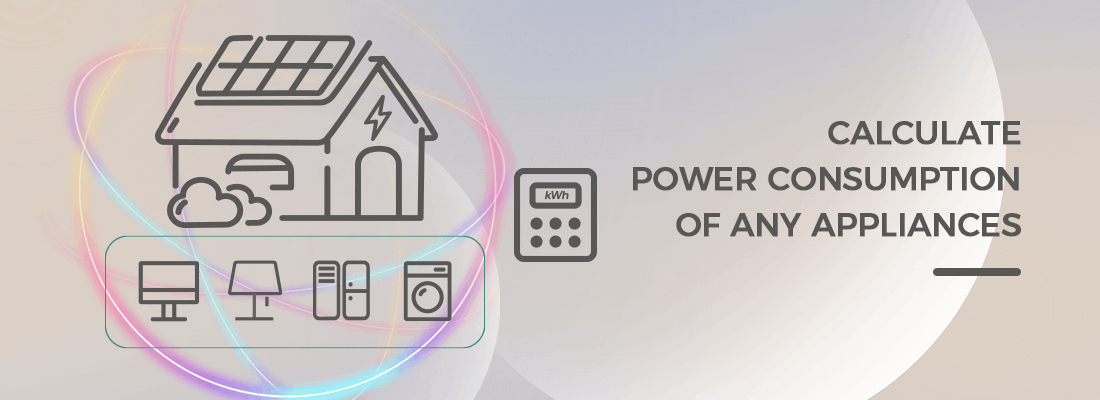
How to Calculate the Electrical Equipment Capacity of the Circuit Breaker?
The capacity of the circuit breaker also determines the amount of electrical equipment it can manage. A 20-amp breaker can handle up to 2400 watts on a 120-volt line (20A * 120V = 2400W). Overloading a circuit breaker may cause it to 'trip' and disconnect the power supply.
To calculate the amperage your electrical device draws before installing them into your breaker box, follow these steps:
1. Find the wattage (max power rating) on your device. This is usually marked somewhere on the device's back.
2. Determine the voltage on the circuit where you wish to install your electrical devices. Most residential circuits are 120V, while larger commercial spaces are 240V. If unsure, use a multimeter to test your breaker's voltage.
3. Use the formula Amps = Watts/Volts to calculate amperage. For example, a 200W light bulb on a 120V circuit would draw about 1.67 amps.
4. Compute the TOTAL amperage rating of all devices. Ensure they DO NOT exceed 80% of the breaker’s total amperage.
What is the Interrupting Capacity of a Circuit Breaker?
In a well-designed installation, a circuit-breaker is not expected to operate at its maximum interrupting current (Icu). This is why we use the rated service short-circuit interrupting capacity (Ics), expressed as a percentage (25, 50, 75, 100%) of (Icu) per IEC 60947-2.
The rated interrupting capacity (Icu) or (Icn) is the maximum fault-current a circuit-breaker can successfully interrupt without getting damaged. These are very high and extremely rare currents. Typically, the fault-currents are much less than the (Icu) of the circuit breaker.
(Ics) are considered high currents but with a low probability. It's crucial to interrupt (Ics) under good conditions to ensure that the circuit breaker would be immediately ready for re-closure after the faulty circuit has been repaired.
For domestic circuit breakers, Ics = k Icn where the values for the factor "k" are illustrated in table XIV in IEC 60898. In Europe, it's a standard industry practice to use a k factor of 100% so that Ics = Icu.


